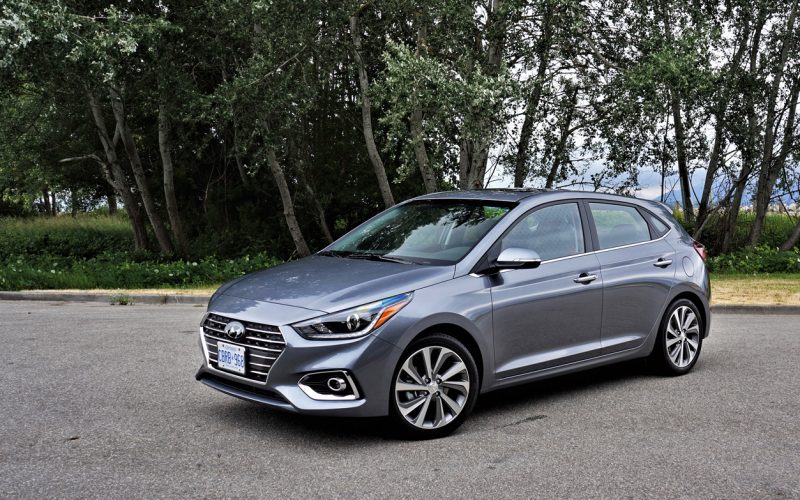
Reading Time: 12 minutesHyundai’s popular Accent hasn’t changed all that much since generation-five was introduced for the 2018 model
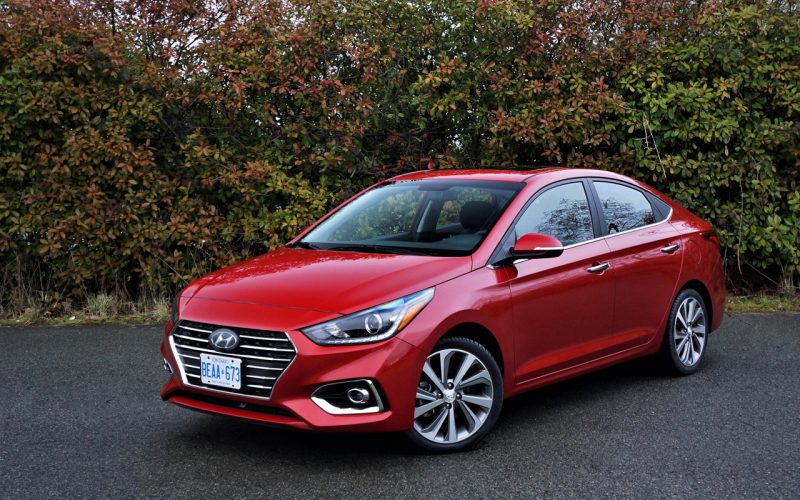
Reading Time: 11 minutesWell you’ve gone and done it now Canada. You lost your love for the Hyundai Accent
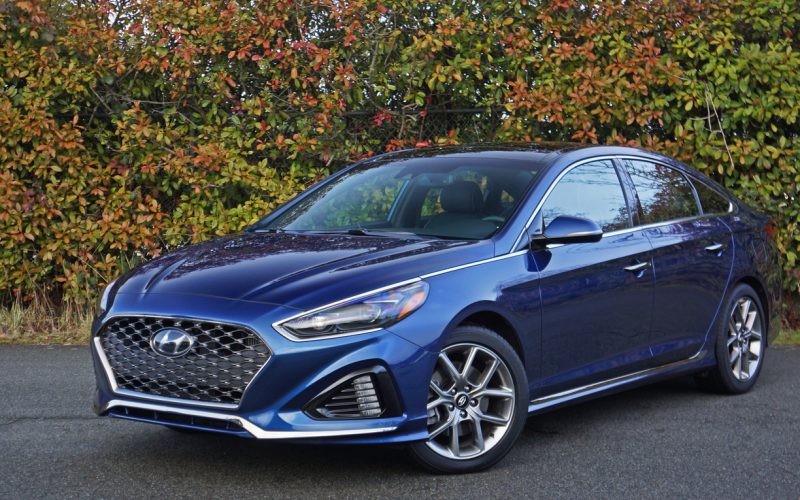
Reading Time: 15 minutesThe Sonata has been with us for a long time, 31 years in fact. During those
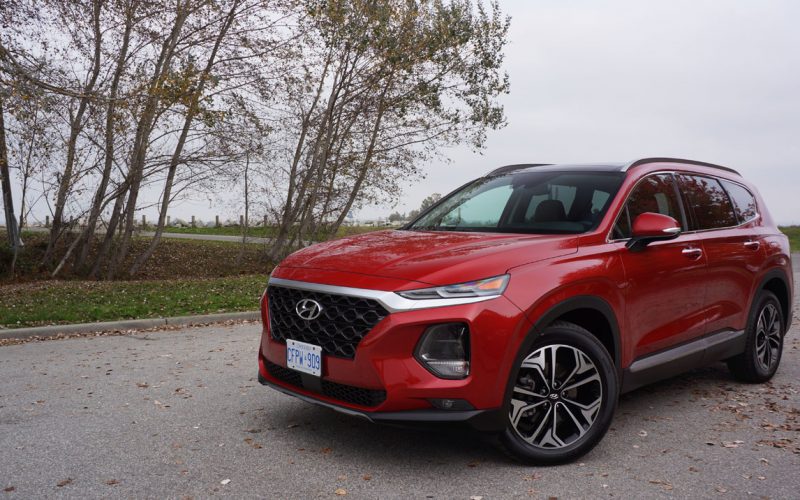
Reading Time: 14 minutesNow that the upstart Genesis brand is finding its footing in the luxury sector, having initially
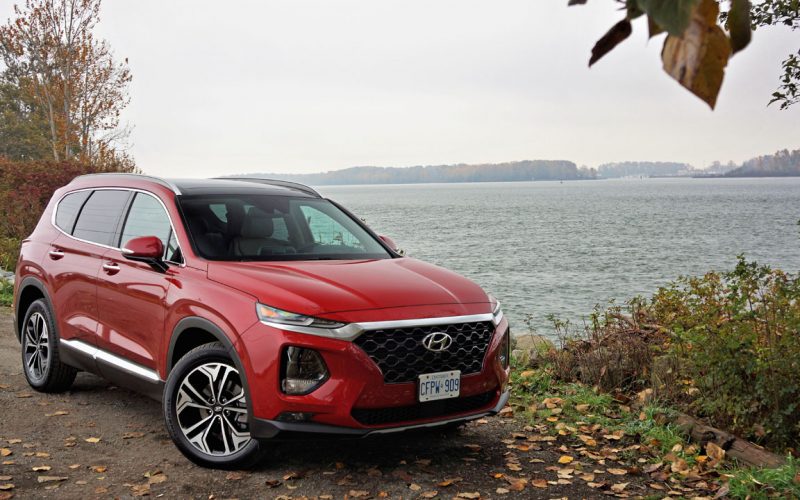
Reading Time: 7 minutesThe Santa Fe is one of the crossover SUV sector’s most popular entries, and it’s entirely
© 2025 The Car Magazine. All Rights Reserved, Privacy Policy | Terms of Use